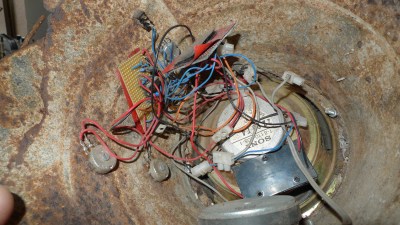A table saw is often the first machine the aspiring woodworker wants for the shop. But even a lightweight contractor’s saw is not cheap, and a really good cabinet saw is both expensive and incredibly heavy. And any table saw is an intimidating machine that can liberate your fingers from your hand in a trice. Looking for a solution to all of these problems, [Seumas] has come up with a unique table saw conversion for a circular saw that improves safety and lowers the barrier to table saw ownership.
Flipping a low-cost circular saw upside down and attaching it to a table is old hat – we’ve seen plenty of examples of that before, including this recent post. Where [Seumas]’s idea shines is in the integration of the fence and the table. A typical fence needs to stay perfectly parallel to the blade while being dead square to the table, but still needs to be moved to adjust the width of cut. In [Seumas]’s design, the fence is fixed to the table, and the whole table slides left and right on high-pressure laminate rails. In theory, the fence will never go out of true, and the width of cut can be a lot wider than the typical table saw – an impressive 3 feet to the right of the blade.
As for safety, [Seumas] shows off quite a selection of DIY attachments in the video after the break. He builds his own Lexan blade guard, anti-kickback pawls, and stock hold-downs. Add in the little touches like shop-made clamps for locking the table, extending outfeed support, and built-in dust collection, and you can make yourself a pretty capable machine at the fraction of the cost of buying.
Continue reading “Circular Saw + Innovative Fence = Unique DIY Table Saw” →


















